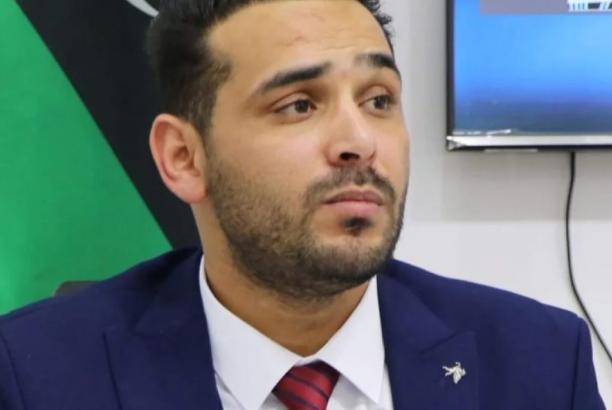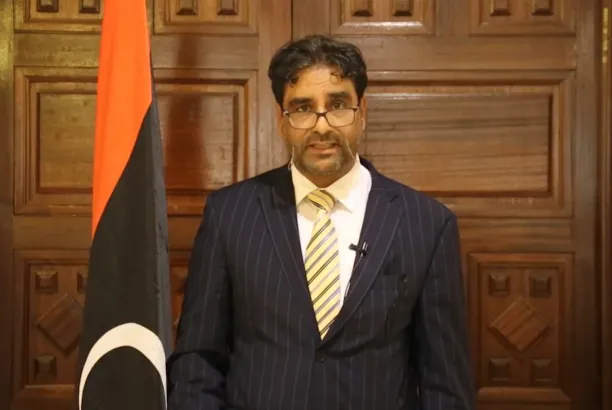
| Economic articles
Shneibish: The Stability of the Libyan Dinar Between Present Challenges and Future Solutions
Written by Anas Shneibish: The Stability of the Libyan Dinar Between Present Challenges and Future Solutions
The Libyan economy is under increasing pressure due to the continuous decline in oil revenues and the sharp rise in demand for foreign currency. A statement issued by the Central Bank of Libya on March 18, 2025, revealed that foreign currency sales reached $2.3 billion in the first 17 days of the month, while oil revenues transferred to the bank did not exceed $778 million. This clear imbalance between spending and revenue poses a threat to financial sustainability and weakens the state’s ability to maintain exchange rate stability.
Current Economic Challenges
The ongoing financial crisis stems from several interconnected factors, including:
- Declining oil revenues and delays in collecting proceeds.
- Rising government spending, which depletes foreign reserves.
- Increased demand for the dollar, contributing to the exchange rate hike in the parallel market, fueling inflation and higher prices.
- Weak domestic production, leading to heavy reliance on imports, exacerbating the foreign currency crisis.
Short- and Medium-Term Solutions
To ensure the stability of the Libyan dinar, effective strategies are needed at both short- and long-term levels:
Immediate Solutions:
- Exchange rate control: A well-planned intervention by the Central Bank to regulate foreign currency flows and curb speculation.
- Public spending rationalization: Implementing strict policies to monitor and limit government expenditures.
- Accelerating oil revenue collection: Restructuring sales processes and negotiating with partners to ensure a steady cash flow.
- Strengthening foreign reserves: Imposing strict oversight on letters of credit and unnecessary transfers.
Long-Term Solutions:
- Diversifying income sources: Supporting industries, agriculture, and tourism to reduce dependence on oil.
- Encouraging local and foreign investment: Improving the economic environment and ensuring political and security stability.
- Developing the banking system: Modernizing monetary policies and promoting financial inclusion.
- Boosting domestic production: Facilitating national industries to reduce reliance on imports.
Conclusion
The stability of the Libyan dinar and financial balance requires swift and well-balanced measures that combine urgent financial reforms with a long-term strategic vision. Without decisive steps to regulate monetary and financial policies and coordination among all political, financial, and economic entities, the Libyan economy will remain vulnerable to further fluctuations, threatening citizens’ livelihoods and local market stability.





